Royal Navy's Coastal Forces heroes finally immortalised in new museum display in Gosport
and live on Freeview channel 276
The exhibition, entitled The Night Hunters: The Royal Navy’s Coastal Forces at War, tells the history of the small band of young, courageous men who took part in the ‘closest thing to hand-to-hand fighting’ experienced within the Royal Navy.
Established in 1916 with the aim of carrying out torpedo raids against enemy vessels and submarines, the forces played a crucial role in both the world wars.
Advertisement
Hide AdAdvertisement
Hide AdDuring the First World War, they were deployed at the Zeebrugge raid in 1918, laying smoke screens to cover the cruiser HMS Vindictive and block ships while they entered the heavily defended harbour.
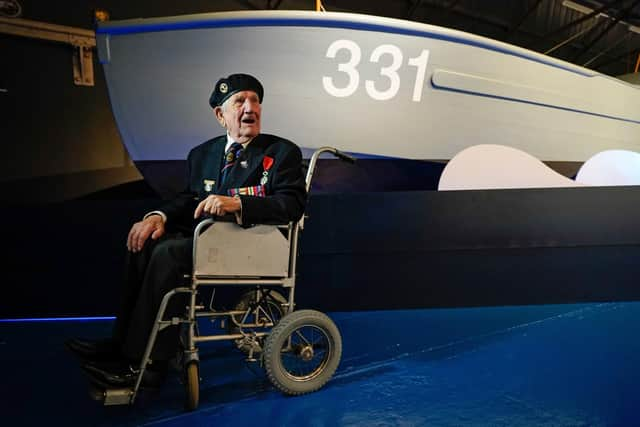

By the end of the Second World War, 1,850 vessels had been built for the Coastal Forces which had fired more torpedoes than the submarine service and laid more mines than the navy’s dedicated minelayers.
They took part in more than 900 operations all over the world, including the St Nazaire Raid, the Dieppe Raid and D-Day and sank more than 500 enemy vessels.
And more gallantry awards were presented to the Coastal Forces than any other branch of the service.
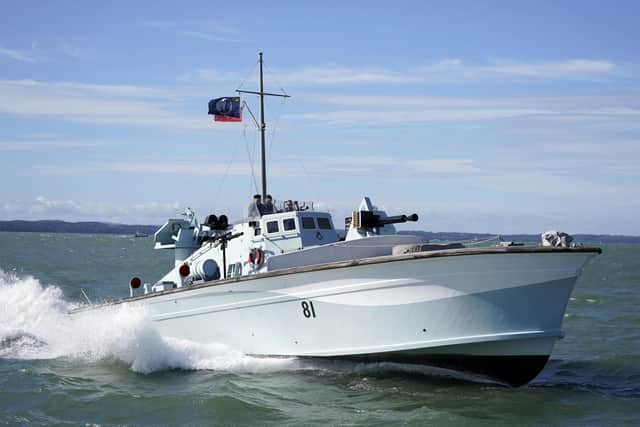

Advertisement
Hide AdAdvertisement
Hide AdBut despite this, the maritime force – made predominantly of reservist volunteers and ‘hostilities-only’ ratings – has never been immortalised for its actions.
Nick Hewitt, head of collections at the National Museum of the Royal Navy – which now oversees the new heritage attraction at Gosport’s Explosion Museum of Naval Firepower – said: ‘This is a story of forgotten heroes and one that’s not widely known about.
‘These men were tremendously brave. Many of them were just teenagers at the time. Their missions were incredibly high-risk, high-octane stuff. They’re driving incredibly fast boats – the fastest things afloat at the time – armed to the teeth but have almost no defensive protection or armour, they’re made of wood.’
Among those attending a special launch event at the museum on Wednesday was naval veteran George Chandler.
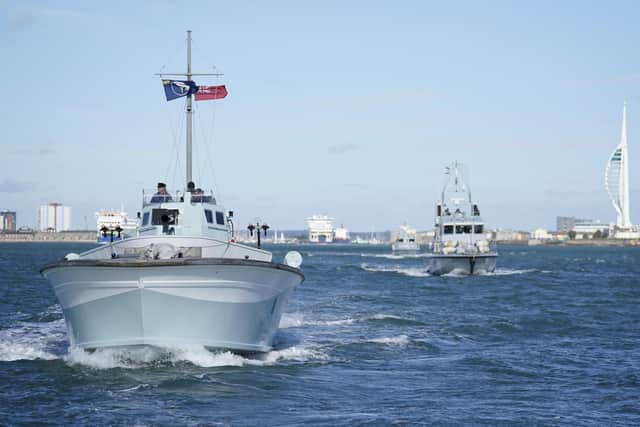

Advertisement
Hide AdAdvertisement
Hide AdThe 96-year-old from Haywards Heath served as an able seaman with the Coastal Forces between 1943 and 1946.
His boat, MTB (motor torpedo boat) 710, was blown up by a mine in the Adriatic 10 days before the end of the war killing 19 of the 31 crew.
Mr Chandler, who served as a gunner, said: ‘Someone must have been looking after me, I look back with pride and some of that pride is in the men who surrounded you whilst you were on active service.
‘Sometimes when I look back it brings a tear.’
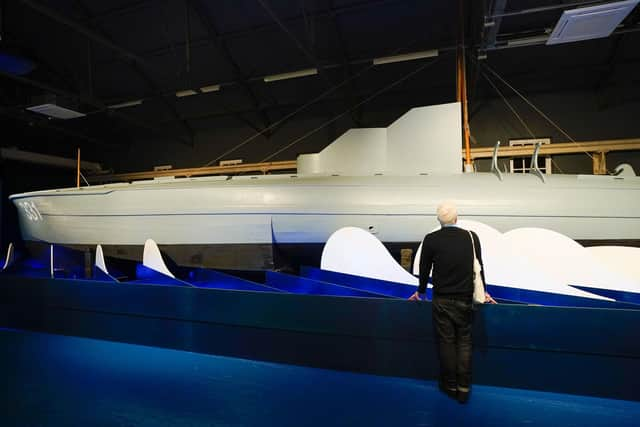

He also described how he was deployed to Omaha beach on D-Day where his boat provided security to American forces as they landed.
Advertisement
Hide AdAdvertisement
Hide AdMr Chandler said: ‘I was 19 and we watched those young Americans being slaughtered before they could get off their own assault craft. They faced cliffs with Germans using Americans as target practice.’
Of the new exhibition, he said: ‘I’m flabbergasted, it’s absolutely marvellous, I think it’s well-deserved.
‘I’m going to be able to go home tonight and reminisce about the lads who never made it home. Now they’ve finally been remembered.’
The new centre was made possible thanks to the tireless efforts of the Coastal Forces Heritage Trust, which managed to secure £925,000 in Libor funding to transform a former mine shed into the new display.
Advertisement
Hide AdAdvertisement
Hide AdAlan Watson, vice chairman of the heritage trust skippers the former HMS Medusa, a harbour defence motor launch which navigated the American D-Day armada to Omaha Beach in Normandy.
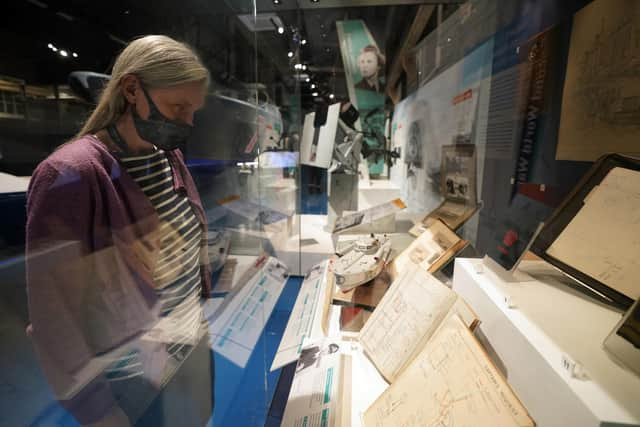

To mark the new museum, Medusa and Motor Torpedo Boat 81, set sail across the Solent alongside the two of the navy’s current patrol ships, HMS Puncher and HMS Scimitar.
He added: ‘It’s been our wish for the last 30 years to perpetuate the memory of coastal forces. These were people taking off the streets – peacetime sailors – put into naval uniform and put onto the ships who then went and did amazing things.
‘That whole story has largely been forgotten. The operation vessel and now the museum can now perpetuate that.’
Advertisement
Hide AdAdvertisement
Hide AdWilliam ‘Charlie’ Nunn, a 38-year naval veteran from Gosport who is part of the coastal forces rust, was delighted by the new exhibition.
‘These people who served in the Coastal Forces, went to sea in what would class now as an explosive: a wooden vessel full of petrol and explosive, and they did this quite happily to fight a war,’ he said. ‘You wouldn’t believe the bravery of them.
‘Now all we have got of this is memories, there weren’t many cameras around or any press to record their thoughts. There are millions of stories that have never been told, that’s why this museum is so important.’
At the centre of the gallery are two of the Second World War historic boats, Coastal Motor Boat CMB331 and Motor Torpedo Boat MTB71.
Advertisement
Hide AdAdvertisement
Hide AdImmortalised as ‘Spitfires of the Seas’, they were often deployed in the dark, at speeds up to 35 knots.
Professor Dominic Tweddle, director general of the National Museum of the Royal Navy, said: ‘Their service has all the elements of an incredible story, but sadly they often paid with the ultimate sacrifice.
‘They were incredibly brave young men onboard what were really quite basic boats, loaded with fuel and ammunition, working at high speed, often under the cloak of darkness.
‘Their service and sense of duty send a shiver down the spine and we are truly grateful to be working with the Coastal Forces Heritage Trust to open a gallery, so that their story can be shared.’
The new exhibition is due to open to the public on Saturday.
